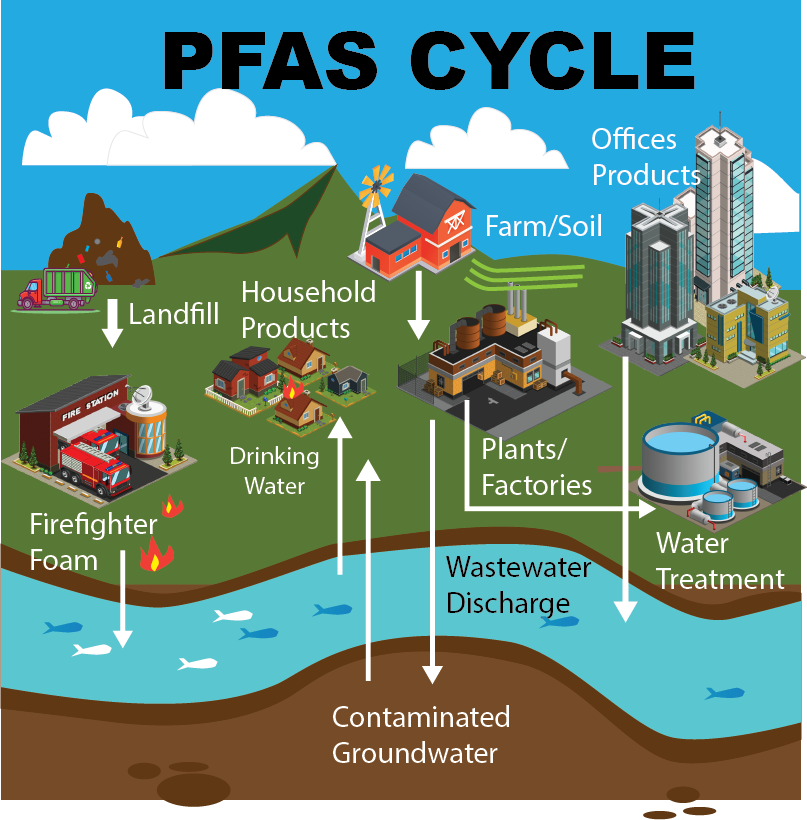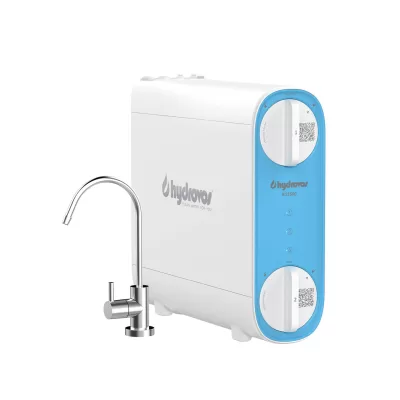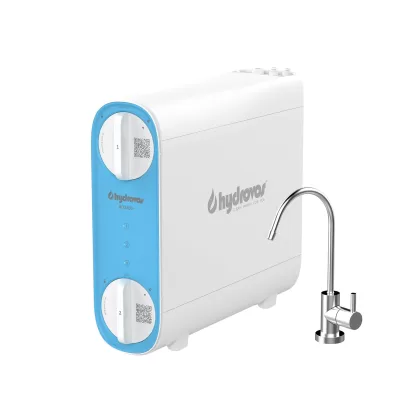What is PFAS
in Water?
PFAS in water refers to the presence of per- and polyfluoroalkyl substances (PFAS) in water sources. They are often also referred to as “Forever Chemicals” and are known to cause significant health issues.

What is PFAS in Water?
PFAS in water refers to the presence of per- and polyfluoroalkyl substances (PFAS) in water sources. These are a group of man-made chemicals used in a wide variety of products for their water- and grease-resistant properties.
The concern with PFAS in water is linked to their persistence in the environment. These PFAS chemicals do not break down easily and can accumulate over time. If PFAS-containing products are improperly disposed of, or if they enter the environment through industrial discharges, landfill leachate, or firefighting foam, they can contaminate water sources. These sources can include drinking water or residential tap water.
Exposure to PFAS has been associated with various health problems, including liver problems, increased cholesterol levels, and negative effects on the immune system. In addition, developmental issues in infants and children, and even an increased risk of cancers have occurred.
The discovery of PFAS in drinking water has led to growing concerns and efforts to test and regulate these chemicals in water supplies. In some areas, regulatory standards have been developed to limit PFAS concentrations in drinking water, and water treatment technologies are being used to remove them.
However, the presence of PFAS in water remains a complex and evolving public health issue, and efforts to understand and manage the risks associated with these “forever chemicals” continue.
Click here for the Hydrovos HV-DWSP that can help reduce PFAS forever chemicals
Click here to learn about Reverse Osmosis
Hydrovos – Clean Water for You




